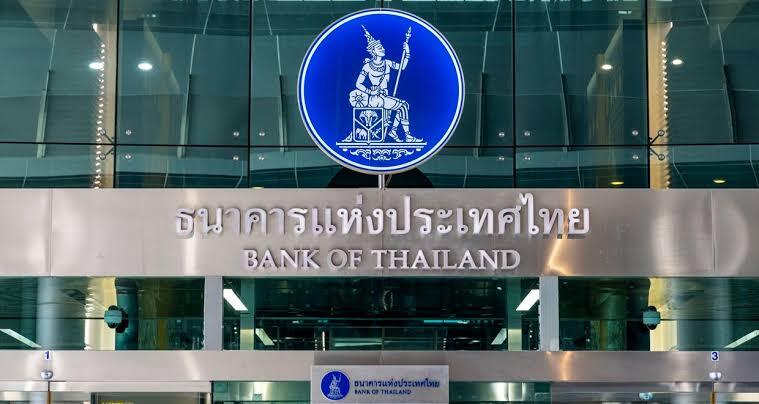BANGKOK, Thailand — The Bank of Thailand (BoT) has issued a stark warning about the mounting risks to the Thai economy from escalating global trade tensions, particularly due to newly imposed tariffs by the United States and retaliatory moves by major economies. As a result, the central bank has lowered its 2025 GDP growth forecast to below 2.5%, citing heightened uncertainty and a more challenging external environment.
In a media briefing, Sakkapop Panyanukul, Assistant Governor for Monetary Policy, said the shifting trade policies are having deep and lasting implications on global economic dynamics, and Thailand will face adverse effects through multiple economic channels.
Key Risks and Economic Impact
In the short term, the BoT has identified five critical export sectors most vulnerable to the unfolding situation:
- Electronics
- Electrical appliances
- Machinery
- Automobiles and auto parts
- Processed agricultural products
Businesses operating in these sectors are already showing signs of distress, with delayed investment decisions and reduced production planning, mainly due to policy uncertainty and changing global demand.
Financial Market Volatility
Despite the rising economic risks, Thailand’s external stability remains intact. The Thai baht has appreciated slightly against the U.S. dollar since early April, while stock markets and bond yields are aligning with regional movements. The central bank has not observed any unusual capital flows or speculative activity from institutional investors at this time.
Export Outlook and Global Headwinds
Thailand’s export performance is expected to visibly weaken in the second half of 2025, as intensified competition from other exporting countries could displace Thai products in key international markets—or even flood the Thai market itself. This pressure is particularly acute for electronic components, base metals, and chemicals.
Additionally, a slowdown in global economic growth, especially among major trading partners, coupled with declining commodity prices, may further squeeze Thailand’s export earnings and tourism revenues, another critical pillar of its economy. These factors may also contribute to easing inflationary pressures on the supply side.
Monetary Policy & Strategic Response
While the BoT has not yet confirmed any changes to its policy interest rate or inflation targets, the upcoming Monetary Policy Committee (MPC) meeting on April 30 is expected to consider a range of macroeconomic variables—including energy prices, exchange rate fluctuations, and inflation forecasts.
The BoT stressed the need for swift and strategic responses in both the short and long term:
- In the short term, Thailand must:
- Accelerate trade negotiations with key partners, especially the U.S.
- Strengthen domestic safeguards to shield local industries
- Prevent rerouted exports from exploiting Thailand as a backdoor to evade tariffs
- In the long term, the country must:
- Diversify export destinations
- Enhance regional supply chain integration
- Modernize and restructure its economy to remain competitive in a fast-evolving global trade landscape
As the international trade order continues to shift, Thailand finds itself at a critical juncture—one that demands resilience, innovation, and a forward-thinking approach to ensure economic stability and long-term growth.
Follow & Subscribe:
👉 Agri-Food Update on LinkedIn for the latest updates and insights.
🌐 Visit us at www.agri-food-update.com for more information!



